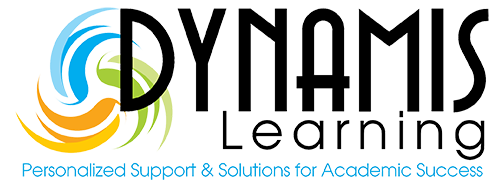Aaaah, the summer weather is upon us already. My neighborhood pool sits, glistening in the sun, waiting for the  Memorial Day holiday so it can open its gates and let in the sunbathers, swimmers, and general fun seekers. Its clear, cool water whispers to us, like a mythical siren calls to its mate. It’s easy to get lost in the sunny haze of summer days. But, something calls us back into reality when we think about summer learning loss and just how we can keep our children from regressing academically amidst these sun and water filled times.
Memorial Day holiday so it can open its gates and let in the sunbathers, swimmers, and general fun seekers. Its clear, cool water whispers to us, like a mythical siren calls to its mate. It’s easy to get lost in the sunny haze of summer days. But, something calls us back into reality when we think about summer learning loss and just how we can keep our children from regressing academically amidst these sun and water filled times.
Again, summer learning loss is not new, nor is it temporary. It is a proven phenomenon that adversely affects millions of students every year. But, some of you may wonder just why this is such an issue today, when nobody thought or talked about it much back when we were in school? First, the stakes in the education game have gotten much higher. What is being asked of students today is much more rigorous than what, say, I was asked to accomplish in high school. Secondly, passing requirements are written to now include the high stakes, comprehensive end of year testing which again places more demands on students of today.
So, it is not really surprising to discover that students score lower on standardized tests at the end of summer vacation than they do at the beginning of summer vacation. As statistics show, only 9.2% of America’s 48 million students attend summer school. We are therefore left with over 90% who do not experience regular instruction or learning during the two month break. Summer learning loss is also a major cause of the achievement gap between lower and higher income youth, as well as being a catastrophic influence on America’s high school dropout rate. With statistics like these, it’s imperative we find a way for our students to continue the learning process during summertime.Summer Reading Lists for Grades 3-5
As this is the second part of my reading series, let’s look some more at how a summer reading list can help. So important is this concept that many states are researching and implementing state funded, structured summer reading programs. Check out the link to find out where your state stands on this issue. It’s important to remember that having a summer reading goal doesn’t have to replace your beach vacation or lazy days by the pool. On the contrary, it can be added to these activities and actually enhance them. Just plan on having one hour every day where your child sits down quietly to read a book. My guess is that after this has become a habit, you will find that an hour is not enough. Please check out this link for a summer reading list for our focus reading group this week, in grades 3-5.
So, while your mind’s eye pictures you and your family lounging by the sparkly water and soaking in the peaceful, sunny rays, see if you can’t add to that scene…imagine all of this plus your children reading quietly, enraptured by the characters and plots from their new favorite book.
If perhaps, you think your child needs some enrichment, a little more structure, or benefits in comprehension from group discussions, please look into the Summer Book Clubs being offered by Dynamis Learning Academy. These clubs will be structured like adult books clubs, but feature books chosen specifically by and for your child’s age and interest group. Give them a shout out and see what great things your child can accomplish this summer!
